
Monkeypox is a rare & human orthopox infectious condition caused by the monkeypox virus that belongs to the Poxviriade family. It is highly seen in African regions. Occasionally, it spreads to the regions outside of Africa. Currently, the world is witnessing such an outbreak caused by the monkeypox virus.
It is a contagious infection and exhibits rashes and flu-like symptoms. It means people who are in prolonged close contact with the afflicted individuals. Likewise, children who are under 15 years old are susceptible to this infection.
Similar to rashes, blisters on the skin, face, palms of the hand, soles of the feet, monkeypox affects oral tissues. It gives rise to a few dental issues. We are going to discuss them here.
How does monkeypox affect your mouth?
Generally, the monkeypox virus enters our body through the mouth, eyes, nose due to close contact with a monkeypox victim. Similarly, wounds open the skin through which the virus makes its way into the body. On the other hand, it is a zoonotic virus (i.e.) it can be transmitted from animals to humans. It signifies that an infected animal’s bite or scratch also spreads the virus.
Regardless of microbes’ way through the body, it does not show any signs in the first 7 to 15 days. Then, it shows off symptoms like fever, headaches, muscles aches, muscle aches, swollen lymph nodes, and malaise before causing rashes on the face. Later, painful red bumps appear that eventually turn into blisters filled with pus.
Those blisters, lesions spread to various areas of the skin. Researches show that skin rashes undergo different stages before healing. It affects the oral structures, causing problems like rashes, and soreness in the sufferer’s mouth.
In simply, the monkeypox virus compromises our whole body including the mouth during its progression.
What are the monkeypox symptoms seen in the mouth?
Mostly, the monkeypox signs are similar to smallpox and chickenpox whilst they are reflected in the oral cavity. The common dental side effects of monkeypox include:
1) Swollen Lymph Nodes
Also known as Lymphadenopathy through which medical professionals distinguish monkeypox from smallpox.
The lymph nodes are a part of the immune system and are located in various parts of the body such as the neck, chest, abdomen, armpit, groin, and mouth. Lymph nodes are the lingual nodes located in the intermuscular spaces on the floor of our mouths.
Swelling in mouths lymph nodes happens due to untreated cavities, traumatic injuries in teeth, etc. Likewise, infectious conditions like the monkeypox virus are also responsible for inflammation in the lymph nodes.
2) Oral lesions
Oral lesions are round-shaped blisters with reddish borders around the edges. It is a highly seen symptom in most monkeypox patients.
Various systemic diseases and dermatological conditions also trigger such intraoral lesions in the tongue and palate (roof of the mouth). If it is caused by the monkeypox virus, the sores begin to appear in the oropharynx and then spreads to other parts of the body.
3) Inflammatory rashes
Various microbial infectious conditions like the monkeypox virus and herpesvirus are responsible for causing itchy, inflammatory rashes inside the mouth. They are painful blisters that make oral activities like eating, speaking, and others difficult.
As discussed earlier, the inflammatory rashes on the mouth and skin undergo various stages before healing.
How do dentists help in detecting monkeypox?
The monkeypox infection comprises 2 phases namely the incubation period (7 to 14 days) and the Prodromial phase before causing facial lesions, skin rashes. The incubation stage does not show any warning signs or symptoms. The intraoral lesion is the first thing you notice due to this infectious condition. It appears in the prodromal phase.
It is followed by the spread out of rashes throughout the body. Likewise, swollen lymph nodes discriminate the monkeypox viral infection from other orthopoxviruses. These things imply that the early signs of monkeypox infections appear inside the mouth.
Hence the oral assessments performed immediately after noticing the atypical, painful blisters in the mouth allow dentists to diagnose monkeypox earlier than other healthcare personnel.
Bottom line
Monkeypox is a self-limited disease in most cases. It is not a fatal disease as many people think but it is linked to various fatal diseases like brain infections, pneumonia, etc. Hence it is mandatory to maintain precautionary activities like wearing masks, washing hands frequently, and others to avoid contact with the infected persons.
Remember that your oral cavity shows the multipox disease’s initial signs. Hence we advise everyone to consult their dentists immediately after seeing atypical blisters in their mouths.

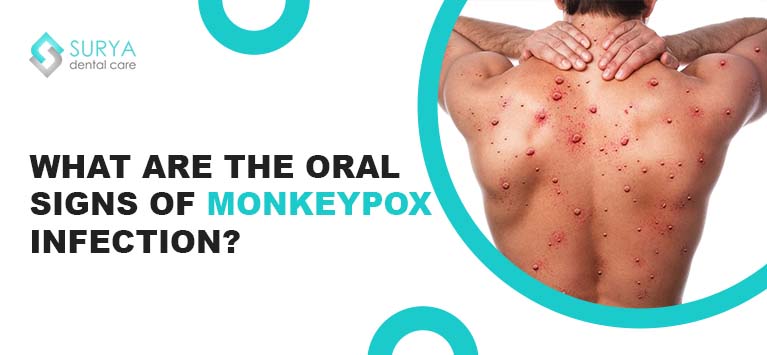





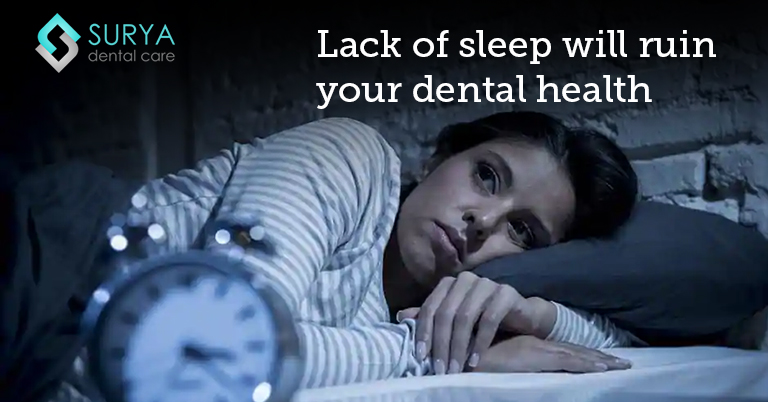

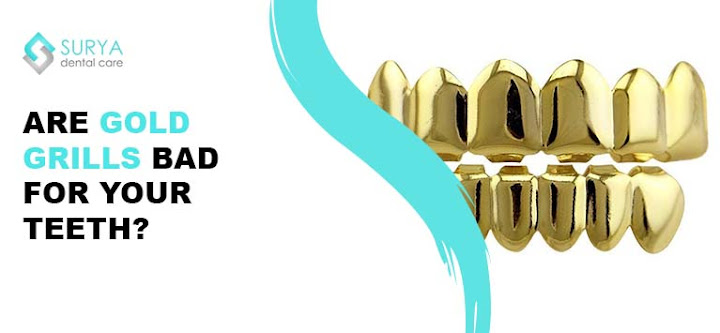

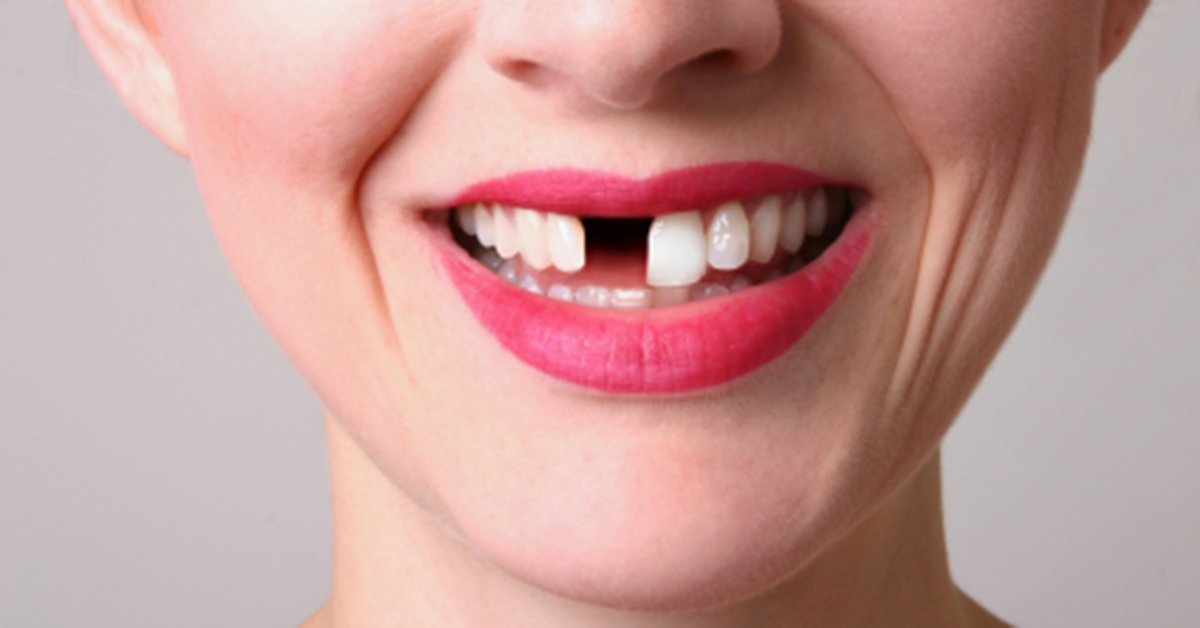


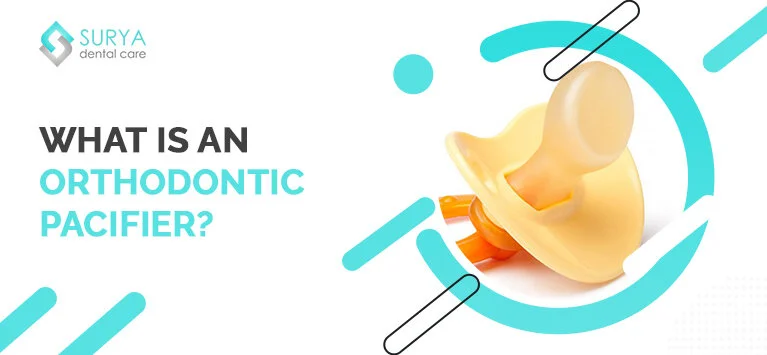
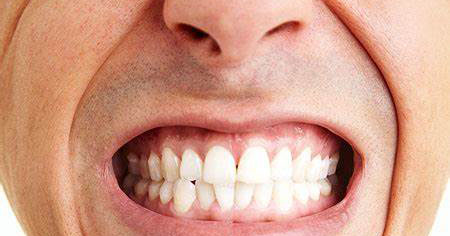
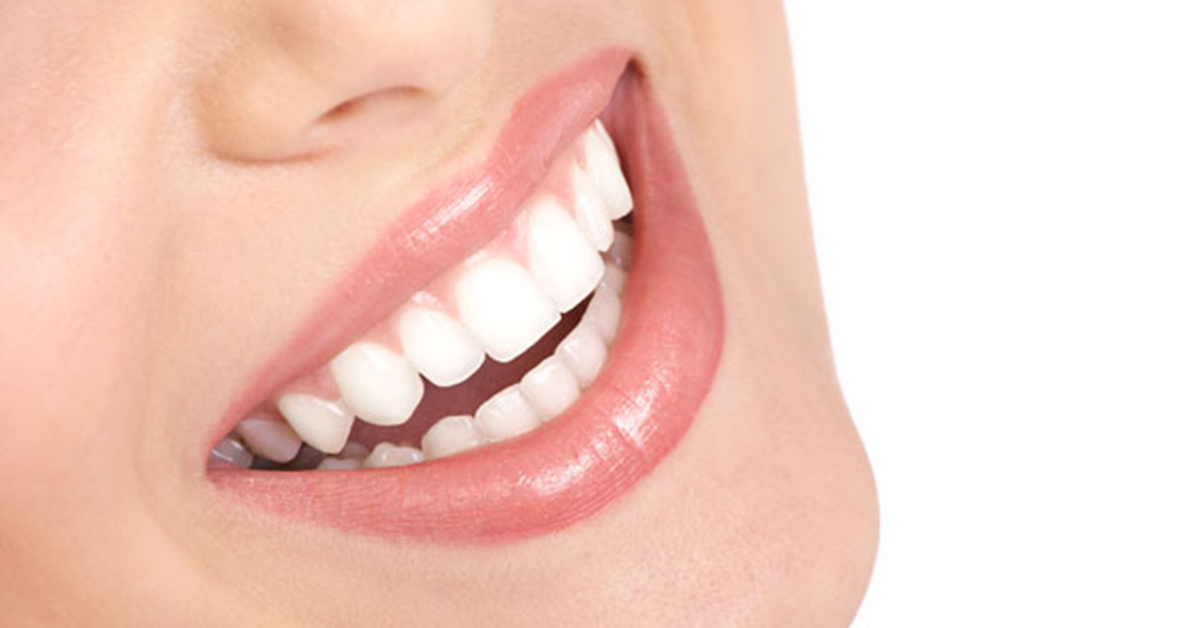

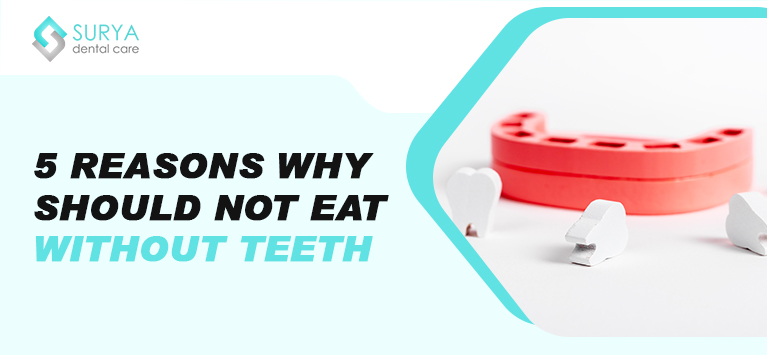


Leave a Comment